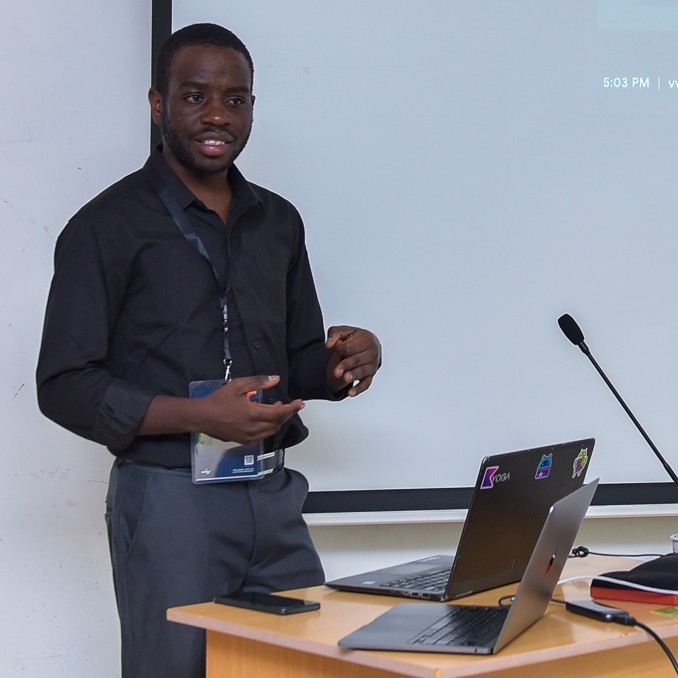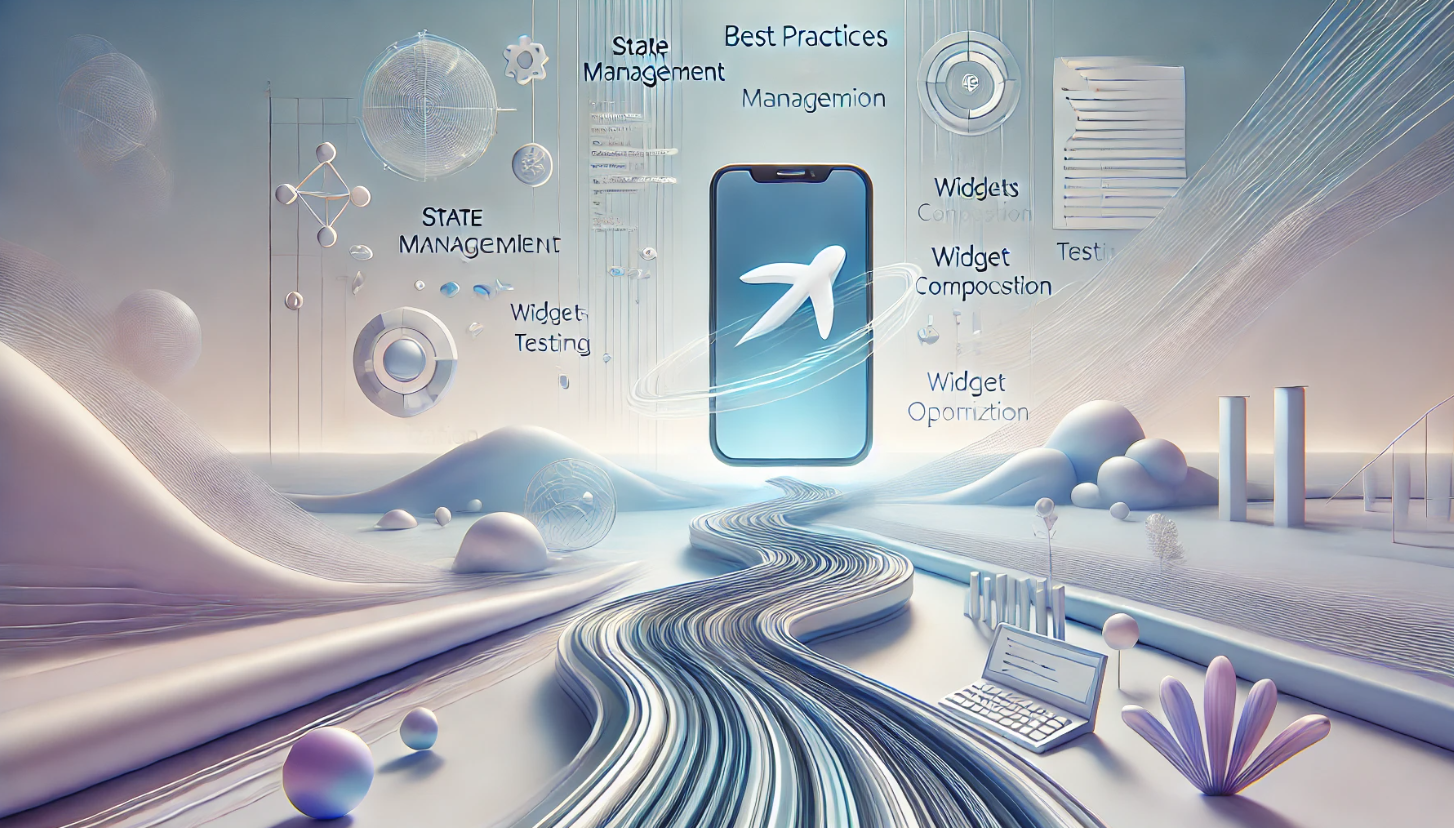Flutter App Development Done Right
 Siro Daves
Siro Daves
I have been writing Flutter articles for a while about implementing different concepts to your app. Many of you have enjoyed my elaborate step by step sometimes accompanied with code for the same. But I think it’s time I address how to truly harness power of Flutter. I think you need to adhere to a set of best practices that ensure scalability, performance, and maintainability.
In this Article
This article dives into essential Flutter best practices, from optimizing widget composition and state management to improving code quality with Dart Code Metrics. It builds upon some 2 articles I wrote sometime back in 2022 on Tips & Tricks to for Your Flutter App's Performance. Whether you're a beginner or an experienced Flutter developer, following these guidelines will help you build apps that are not only efficient but also future-proof. Let’s explore these practices in detail and understand how they can elevate your Flutter projects.
Categorization of the Best Practices
To make this simpler for you I have put down a categorized breakdown of the major points into relevant sections for you.
1. Widget Optimization
Use
constwherever possible: Reduces rebuilds, improves performance.Choose Widgets Over Methods: Widgets allow better performance and optimization by Flutter’s build system.
Widget Composition: Break down complex UIs into smaller, reusable components.
Use constant widgets: Prevents unnecessary rebuilds, contributing to performance.
Combining Multiple Widgets: Efficiently manage UI by composing widgets instead of over-relying on complex methods.
Avoid Deeply Nested Widget Hierarchies: Keep the UI hierarchy shallow to improve readability and performance.
Avoid Returning Widgets: Instead of returning widgets directly from functions, use other patterns for better control over the UI.
2. State Management
Efficient state management: Use appropriate state management techniques like Provider, Riverpod, or BLoC for better scalability and performance.
Use
StatefulWidgetWisely: Only useStatefulWidgetwhere the widget's state truly needs to change.Use Streams Only When Needed: Streams are powerful but come with overhead; use them sparingly to avoid complexity and performance bottlenecks.
Avoid Rebuilding Widgets Unnecessarily: Carefully manage state to minimize widget rebuilds and improve app performance.
3. Code Quality & Efficiency
Follow Flutter Naming Conventions: Adhere to standard naming conventions for better readability and maintainability.
Dart Code Metrics: Use tools like Dart Code Metrics to analyze code complexity and quality.
Choose Third-Party Packages Carefully: Evaluate packages based on their maintenance, popularity, and impact on performance to avoid bloat.
Software Testing: Implement robust testing strategies (unit tests, widget tests, integration tests) to ensure app stability and quality.
4. Core Performance
Build Frames in 16 ms: Ensure that each frame renders within the 16 ms frame budget to maintain smooth animations and interactions.
Minimize Opacity Use: Overusing opacity can harm performance; use it cautiously, especially in animations.
Use the Latest Version of Flutter: Always update to the latest version to benefit from performance improvements and new features.
Limit App Size: Keep the app size minimal to ensure faster downloads and better user experience, especially on devices with limited storage.
5. Accessibility & User Experience (UX)
Ensure accessibility of your App: Make sure your app is accessible to users with disabilities by following accessibility guidelines.
UI Efficiency: Combine practices such as widget composition, minimizing opacity, and using constant widgets for a more efficient UI design.
UX: Ensure your app performs well by building frames in 16ms, limiting app size, and following accessibility standards.
Key Benefits of Adhering to Best Practices
Adhering to Flutter best practices provides several key benefits:
Improved Performance: Using best practices like
constconstructors, efficient state management, and avoiding unnecessary widget rebuilds helps reduce the workload on the system, making your app faster and more responsive. Ensuring your app maintains a 16ms frame rate enhances smoothness in animations and user interactions.Maintainability: Practices such as widget composition, following naming conventions, and minimizing nested hierarchies lead to cleaner, more readable code. This makes it easier for developers to manage, update, and scale the app over time, especially in team environments.
Scalability: Efficient state management techniques and modular code structures allow the app to grow with new features while maintaining stability and performance. By using third-party packages carefully and avoiding global variables, developers ensure that the app can scale without becoming unwieldy.
Reduced Memory Usage: By minimizing widget rebuilds, optimizing opacity use, and keeping the widget tree shallow, you reduce memory consumption, making the app more efficient, particularly on devices with limited resources.
Enhanced Developer Productivity: Leveraging Dart Code Metrics, using the latest version of Flutter, and structuring widgets properly speed up the development process by simplifying code maintenance and reducing bugs. The use of constant widgets also makes hot reloads faster, boosting productivity.
Accessibility and User Experience: By following best practices around accessibility and app size optimization, developers ensure that their app reaches a broader audience and offers a better user experience, even on lower-end devices or for users with disabilities.
Code Reusability: Practices like widget composition and clean code principles make it easier to reuse components across the app, reducing development time for new features and ensuring consistency throughout the project.
Overall, Flutter best practices lead to better app performance, smoother user experience, more maintainable and scalable codebases, and higher developer efficiency. These practices are crucial to building modern apps that can grow and perform well across a wide variety of devices.
Subscribe to my newsletter
Read articles from Siro Daves directly inside your inbox. Subscribe to the newsletter, and don't miss out.
Written by

Siro Daves
Siro Daves
Software engineer and a Technical Writer, Best at Flutter mobile app development, full stack development with Mern. Other areas are like Android, Kotlin, .Net and Qt